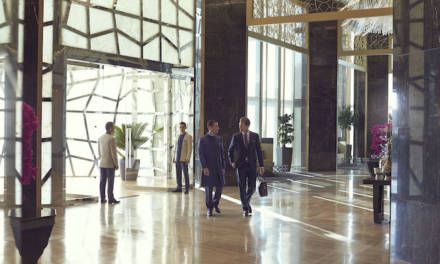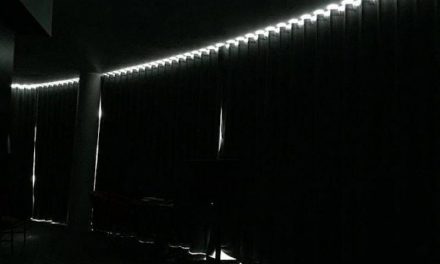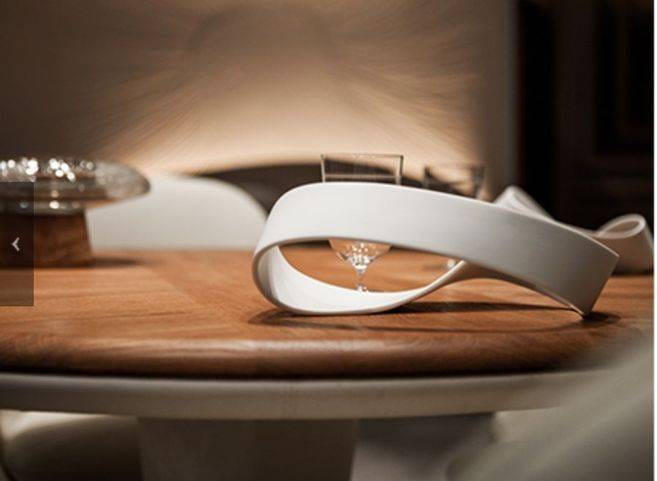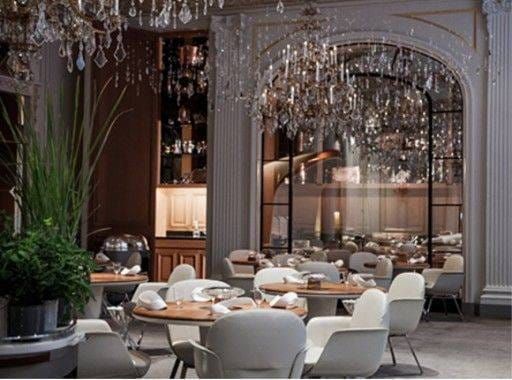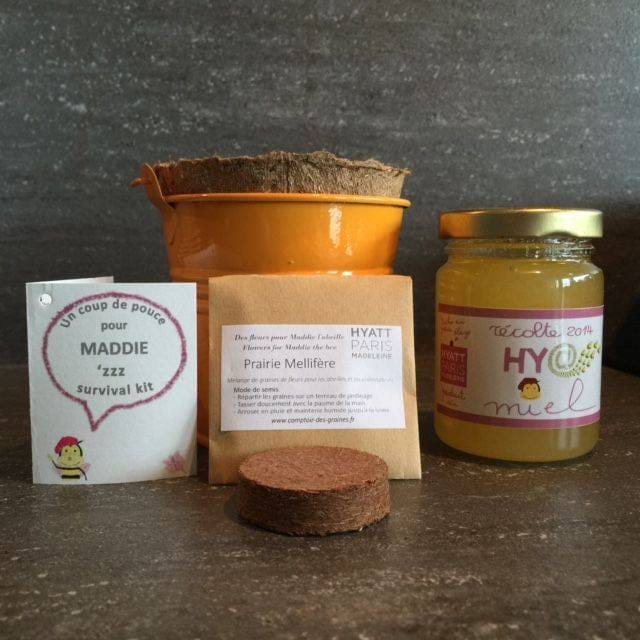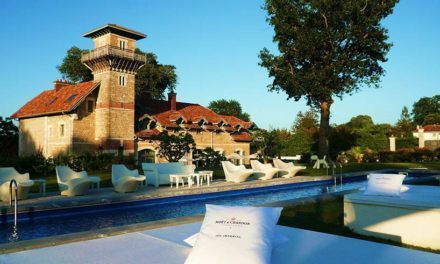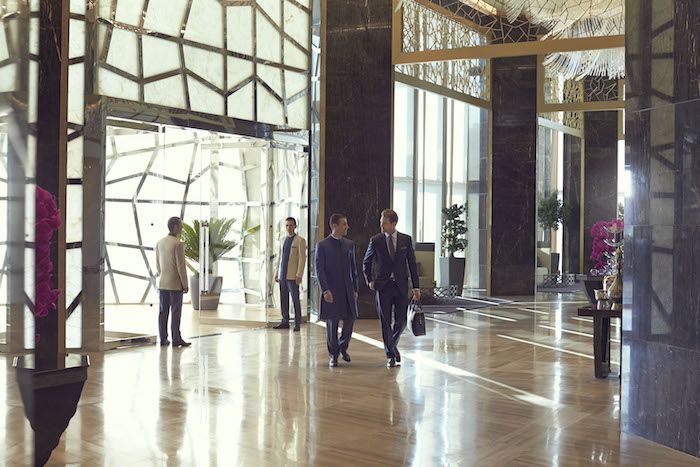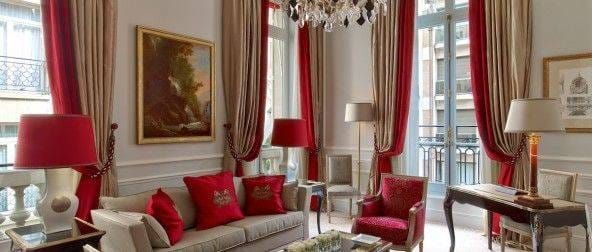Alain Ducasse and His Art of the Table
How have you arrived at reinterpreting tableware in your new restaurant? How have you moved past pre-existing codes? And could you also give us a few words about the cabinet of curiosities and the glassware you’ve set on your table?
Tableware, or the art of the table, corresponds with the art of welcoming, and the two are obviously inspired by the cuisine that is served at the Plaza Athénée. That’s where it all starts: my conception of a cuisine of ‘naturality.’ It’s a cuisine that expresses, somewhat radically, the following conviction: before the chef, there was nature. It’s nature that dictates the menus, and the talent of the chef consists in a form of self-effacement in order to exalt the true taste of what nature intended to give us. The tableware thus reflects this philosophy. For example, the tables are constructed from an absolutely superb oak. I thus decided not to hide this splendor of nature under tablecloths. This move breaks the traditional codes of haute-cuisine restaurants, but it conveys a very strong meaning.
The cabinet of curiosities serves in homage to artisans who have dedicated their expertise to the service of the art of fine dining. We have a few pieces on loan from the Christofle Museum and several crystal pieces by Saint-Louis—these represent two of the most prestigious French artisan houses. And I’ve also added a few copper pieces from my personal collection. But I didn’t want the cabinet to serve a strictly decorative function: it renders a service that is put to efficient use by the service staff. It thus completely enters as part of the dining experience.
As for the glassware, they’ve been designed by Pierre Tachon and produced by MD Crystal. These are mouth-blown glasses with hollow, tapering stems, such that the wine takes on the form of a diamond. I wanted the champagne glasses to be of the same model to underscore that champagne is, at the end of the day, a wine at heart.
The water glasses from the Austrian house Lobmeyr are also remarkable pieces. Mouth-blown, these are objects of arachnid finesse, light as a bubble, such as only an artisan—an artist, shall we say—would be capable of executing.
Several of the pieces—such as the glasses, carafes, cups, etc.—from Lalique and other artisans were personally sourced by Alain Ducasse, who is said to be an indefatigable treasure hunter. This is the case, for instance, for a full service set that he’s procured from Baccarat: the Harcourt model, the iconic collection first created in 1841.
The dining room of the Alain Ducasse Restaurant
Discover other elements from this interview:
An Encounter with Alain Ducasse at the Plaza Athénée: His Take on the French Art of Welcoming
An Encounter with Alain Ducasse at the Plaza Athénée: “My Hotel Restaurants”
Update
After the departure of multi-starred chef Alain Ducasse from the Plaza Athénée, Jean Imbert will succeed him at the head of the kitchens of the palace since July 2021. Revealed by the cooking show Top Chef broadcast on M6 in 2012, he is in charge of the hotel’s six restaurants, namely the Table Gastronomique, the Cour Jardin, the Galerie, the Relais Plaza, the Montaigne terrace and the Bar. More recently, at the end of 2020 and during 2021, he has begun several collaborations with the luxury house of Dior.
Laurent Delporte, an editor and conference speaker, is a strategic expert in the sector of hotels. A visionary, he brings his unique look on hotels in service to the decision-makers in the industry, whether to enhance the development of new projects or strategic visions.
Laurent has visited and audited over 350 hotels across the world and also participates in mystery visits to provide quality control for the world’s finest hotels.


 HOME
HOME